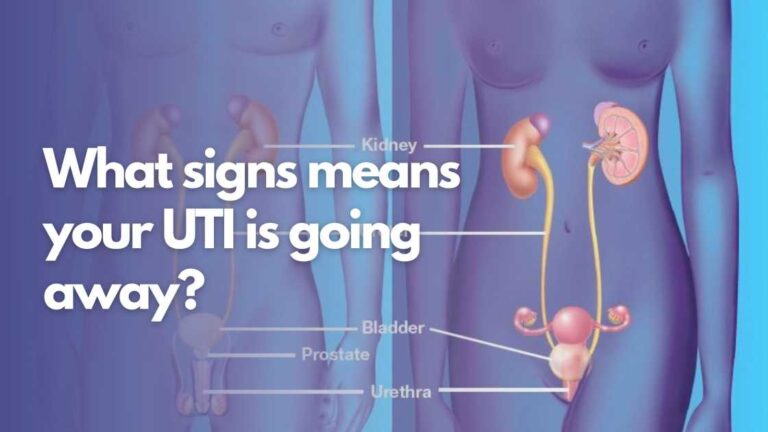“Can black people get lice in their hair?” This question is one of the most searched online regarding head lice. People believe that black people do not get lice in their hair; however, that is a common misconception.
Black people can get lice in their hair but not as frequently as other races. How is this possible? You may be wondering. In this article, you will get the answers to all your questions concerning head lice in the hair.
What are Head lice?
Head lice are parasitic insects that reside in human hair and are wingless. They are more prevalent in children and females and are also quite contagious.
They can also be challenging to eradicate. The eggs are referred to as nits. They are not harmful to one’s health but might create irritation and difficulty sleeping. Head lice are highly contagious and can readily spread among family members or students.
Symptoms of head lice
The most typical symptom of an infestation is itching. An allergic reaction to louse saliva is to blame. Some people are allergic to louse bites and experience severe itching.
Others are not allergic to the saliva or develop a tolerance to it, resulting in little or no itching even after multiple infestations.
Because it can take some time for one to become sensitive, some people do not experience itching for the first 2 to 6 weeks of an infestation. As a result, the infestation may go undiscovered for a long time.
Sores on the head due to scratching, pink eye, swollen lymph nodes, irritability, and a sensation of something moving in your hair are some symptoms of head lice aside from itching.
Can black people get lice in their hair?
Blacks are a race of people who are less prone to head lice. Black people can get head lice, but it is not as common as other races. Black people’s hair is textured differently from other races, such as Caucasian, Hispanic, and Asian hair.
Blacks or people of African descent are known to have highly coiled hair unlike what the other races have. Because of that lice have a difficult time placing their hooks around the shaft of the hair of blacks.
Since lice are uniquely suited to move along a hair shaft and bond their eggs to the hair shaft, Africans (blacks) are frequently spared from contracting head lice.
According to the Centers for Disease Control and Prevention (CDC), African Americans are far less likely than others to have head lice. This could be because most head lice in the United States have claws that hold uncoiled hair more easily.
Head lice affect African Americans less frequently than other people, according to a 2018 report in the British Journal of Family Medicine. According to the researchers, this is related to the claw shape of most head lice and the diameter and shape of the hair shaft in coiled hair.
The hair shaft in coily hair has an oval cross-section, whereas the shaft in other hair varieties has a circular cross-section. It is easier for head lice to grab onto circular hair shafts.
Furthermore, according to the experts, hair oils could be a factor. Petroleum jelly, for example, makes hair smoother and less brittle, making it more difficult for head lice to cling.
Also, research has indicated that African American women are more likely to use hair products at a younger age than women of other races.
Caucasians, Hispanics, and Asian Americans appear to have a higher prevalence of head lice than Africans. For example, head lice affect less than 0.5% of African American pupils compared to around 10% of school children of other races.
Another research from 2012 suggests that some head lice have adapted to dwell in coily hair. According to the experts, head lice were discovered in Senegal, Burundi, Rwanda, and Ethiopia.
Causes of head lice
A head lice infestation occurs when lice are transferred directly from one person’s hair to another’s hair through hair-to-hair contact. An adult head louse feeds on blood to survive and can live on a person’s head for about 30 days.
Usually, the head louse dies within 1 to 2 days after falling off, and its eggs (nits) die within a week. Although head lice cannot fly or leap, they can be spread through personal things; therefore, it is prudent to avoid sharing brushes, combs, headbands, headphones, towels, clothing, or headgear with someone who has an active infestation.
An infestation is not caused by filthy hair or poor hygiene; it can affect any length or condition of hair. Head lice cannot be transmitted to animals or caught from them.
Head lice can persist for several hours underwater, and chlorine in a swimming pool does not kill them. They are unlikely to spread through pool water, however. When soaked in water, they tend to cling to the hair.
Treatment
For head lice treatment, there are several over-the-counter (OTC) medications that you can use. Although OTC treatments containing 1% permethrin or pyrethrins can be successful, lice have evolved resistance to these products in some places.
Permethrin cream (1%), pyrethrin-based product, malathion lotion (0.5%), benzyl alcohol lotion (5%), spinosad topical suspension (0.9%), and ivermectin lotion (0.5%) are all approved head lice treatments.
You can also use home remedies to treat head lice. Treatments for head lice at home include
Wet-combing
Using a fine-toothed nit comb on wet hair can help eliminate lice and nits. The usefulness of this strategy has yet to be shown.
Hair should be lubricated with a hair product, such as a hair conditioner. During each session, comb the entire head from the scalp to the ends of the hair at least twice. After no other lice are found, repeat the technique every 3 to 4 days for at least two weeks.
Essential oils
Some natural plant oils have been shown in some clinical investigations to be poisonous to lice and eggs. Anise oil, tea tree oil, ylang-ylang oil, eucalyptus oil, lavender oil, and nerolidol are some of the goods available (a chemical compound found in many plant oils)
Coconut oil
A spray with a combination of coconut and anise was found to be considerably more effective than a permethrin lotion in one trial.
Because the effects of coconut oil and anise are physical rather than neurological, lice are unlikely to acquire tolerance to them. The therapy causes deadly dehydration by drying out the lice’s waxy outer shell.
Prevention
The infestation of head lice can be prevented. The following steps can help lower your chances of getting head lice at home.
- Vacuuming any previously inhabited floor area or furniture, as head lice will die if they cannot eat.
- Bed linens and dry clothing that have come into contact with a person with a head lice infection should be thoroughly cleaned with hot water.
- Cleaning any combs or brushes that have been used by someone with head lice
- Avoid using a bed, couch, pillow, carpet, or plush animal if someone you live with has head lice.
- Prevent youngsters from rubbing their heads against the heads of other children while playing.
- Urging youngsters not to share hats and scarves, as well as other goods such as towels, hairbrushes, and headphones
- A week following treatment, inspect each family member for head lice.
Summary
Black people can get lice in their hair, but they are less prone to head lice as compared to other races like (Asian, Hispanic, and Caucasian).
Due to the nature of black people’s hair, lice have a hard time placing their claws into the shaft of the hair, thus, making black people or people of African descent less susceptible to head lice.








Leave a Comment